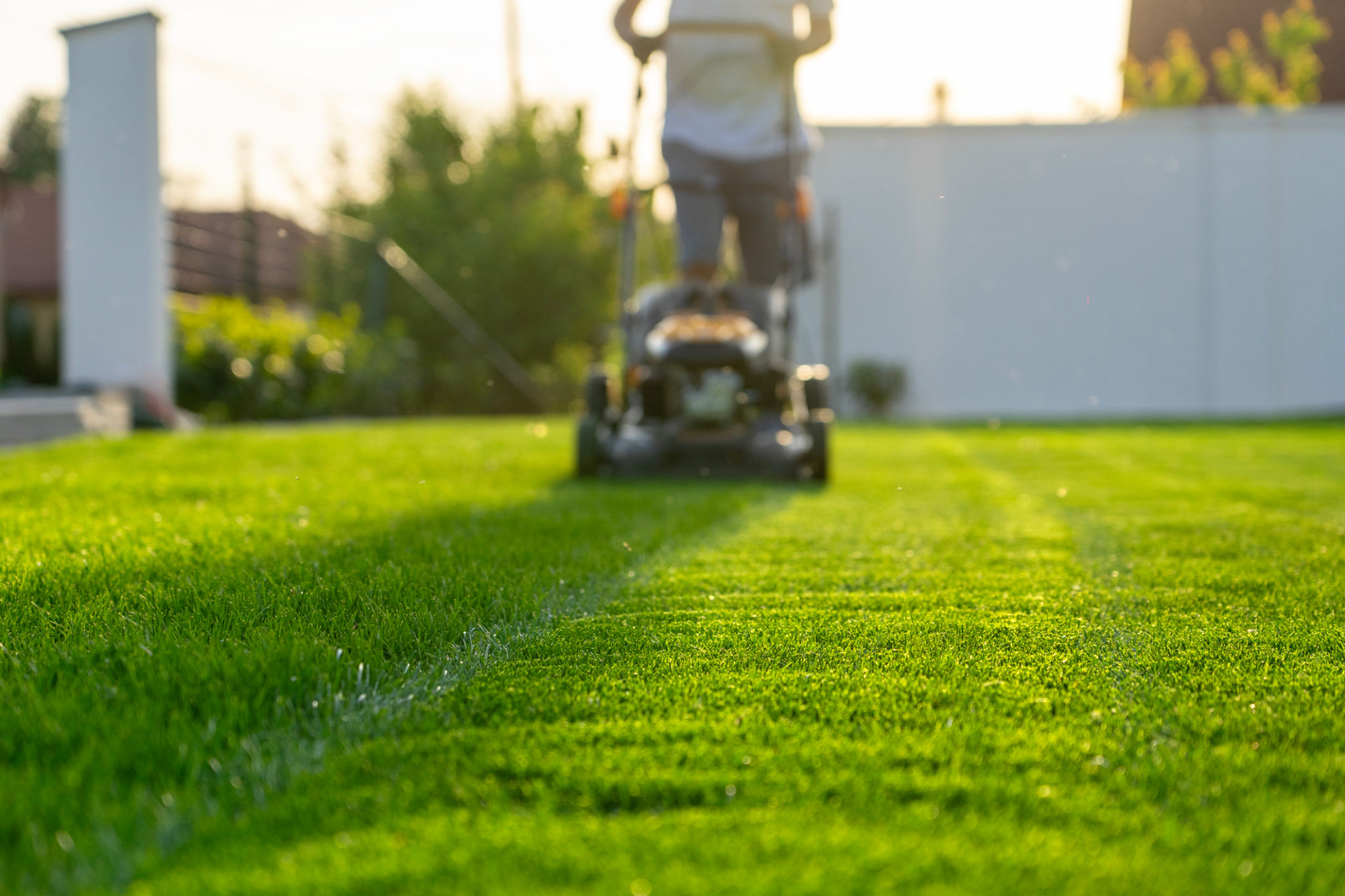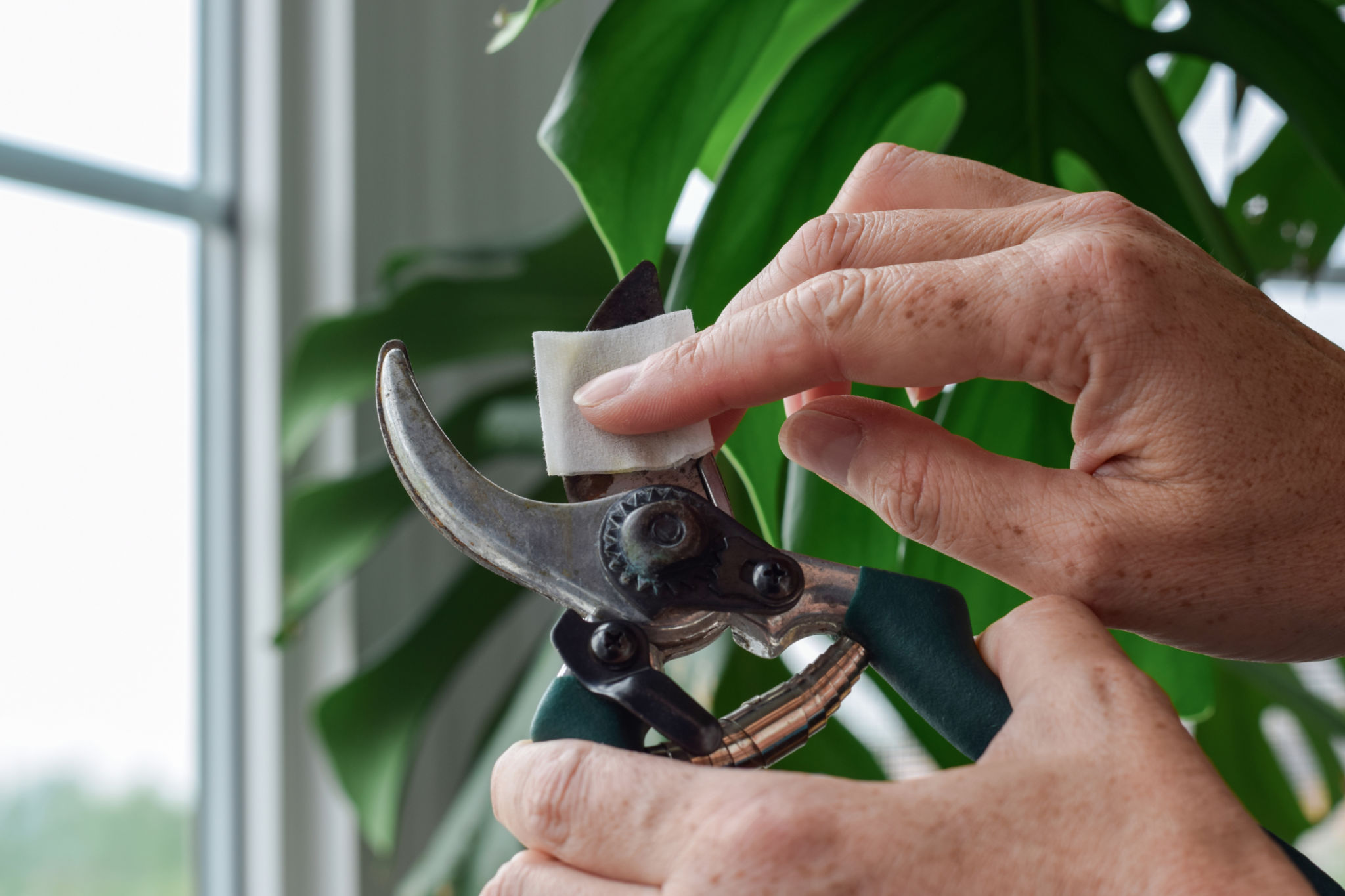When is the Best Time to Aerate Your Lawn in Texas? Expert Tips and Insights
Understanding Lawn Aeration
Lawn aeration is a crucial part of maintaining a healthy and lush lawn. It involves perforating the soil with small holes to allow air, water, and nutrients to penetrate the grassroots. This process can help your grass grow stronger and more resilient, especially in areas with compacted soil.
In Texas, where the climate can be quite variable, knowing the best time to aerate your lawn is essential for achieving optimal results. To help you navigate this task, we've gathered expert tips and insights specific to the Lone Star State.

Best Seasons for Aeration in Texas
Texas is a large state with diverse climates, but generally, the best time to aerate your lawn is during the growing season when the grass can heal and fill in any open areas after soil plugs are removed. For most regions in Texas, this means focusing on either spring or fall.
Spring Aeration
Spring is a popular time for aeration in Texas. As temperatures begin to rise, grasses start their growth cycle. Aerating in spring allows your lawn to take full advantage of the warmer weather and increased rainfall, promoting robust growth. Aim to aerate once the danger of frost has passed and when the soil is moist but not overly wet.

Fall Aeration
Fall is another excellent time for aeration, particularly for cool-season grasses. As the heat of summer fades, cooler temperatures and increased moisture make this an ideal time for grass recovery. Fall aeration helps your lawn prepare for the dormant winter months, ensuring it returns strong and healthy in the spring.
Signs Your Lawn Needs Aeration
Knowing when to aerate isn't just about timing; it's also about understanding your lawn's needs. Here are some signs that your lawn might benefit from aeration:
- Compacted Soil: If your soil is hard and difficult to penetrate with a shovel, it might be too compacted for healthy root growth.
- Poor Drainage: Puddles forming on your lawn after rain can indicate that water isn't penetrating the soil effectively.
- Thinning Grass: If your grass looks thin or weak despite regular watering and fertilization, aeration could help improve nutrient uptake.

Choosing the Right Tools
Aeration can be done using different tools. For small lawns, a manual aerator might suffice, but for larger areas, renting a machine aerator could save you time and effort. Core aerators are recommended as they remove plugs of soil rather than simply poking holes, which allows for better air and nutrient exchange.
Expert Tips for Successful Aeration
To maximize the benefits of aeration, consider these expert tips:
- Water Before Aerating: Ensure the soil is moist by watering a day or two before aerating.
- Avoid Aerating During Drought: It's best not to aerate during extremely dry periods when grass may be stressed.
- Leave Plugs on Lawn: Let the soil plugs decompose naturally; they will return valuable nutrients back into the soil.
Aerating your lawn at the right time and under the right conditions can significantly enhance its health and appearance. By understanding when and how to aerate in Texas, you can ensure that your lawn remains vibrant and resilient throughout the year.
